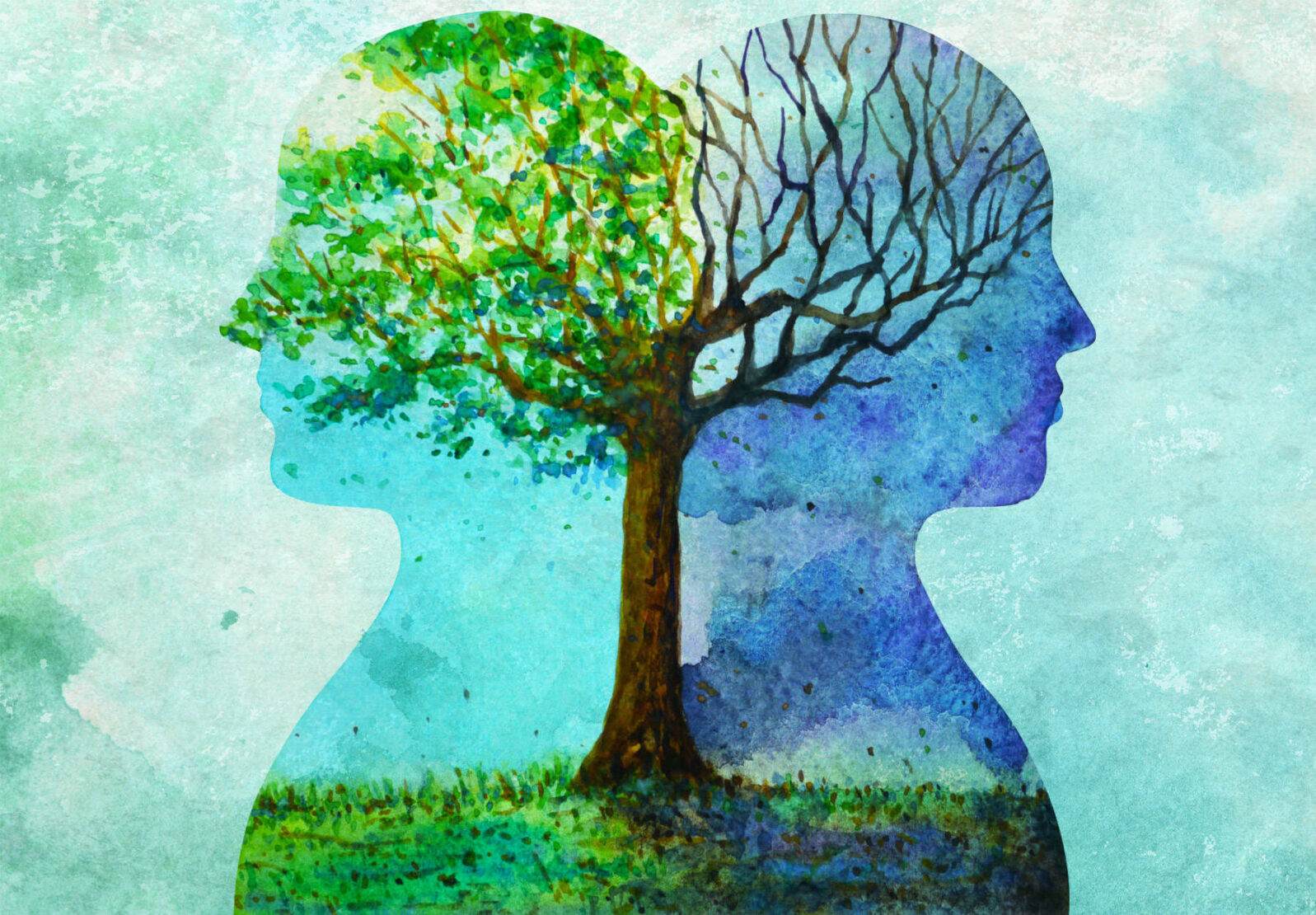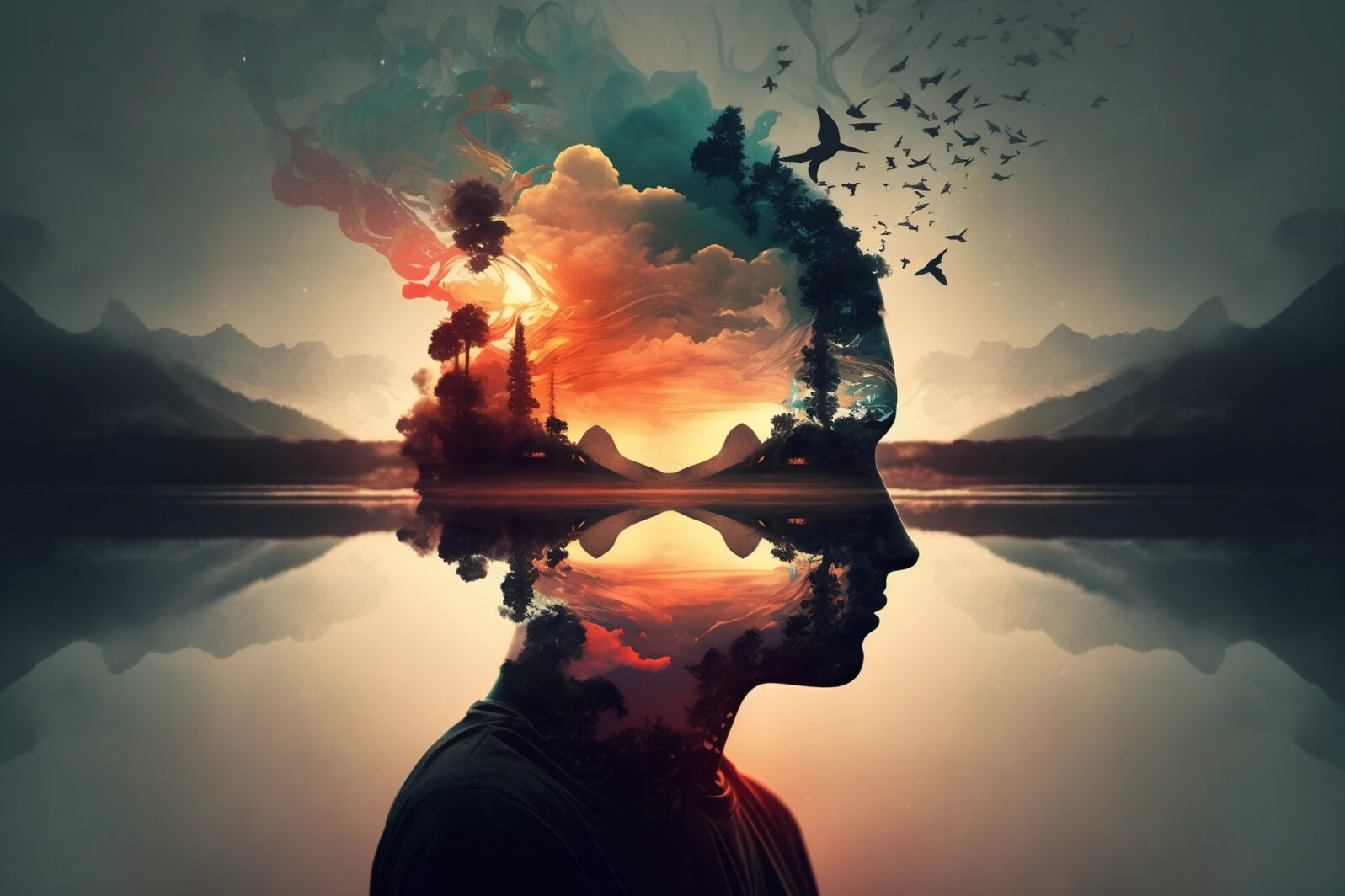Philosopher Asks at Nautilus, Is Matter Conscious?
To say that consciousness is real is to say that the immaterial world is, in principle, real. That is a very big admission for neuroscience to make. But the alternative is the void.On Monday, I pointed to the work of science writer Annaka Harris, who argues that the universe itself is conscious. As scientists and science writers drift away from full-on materialism — which cannot account for human consciousness except by self-refutingly denying its existence — they stake various alternative positions.
In 2017, Hedda Hassel Mørch, a professor at University of Inland Norway, offered a different, admittedly panpsychist, approach at Templeton’s thinkmag Nautilus. She asked, “Is matter conscious?”
 Photo licensed via Adobe Stock
Photo licensed via Adobe StockNautilus is sending her piece around again this year, possibly because the issue of which way to turn, as eliminative materialism collapses on account of its internal contradictions, is becoming more urgent than ever.
Mørch argues,
Consciousness is full of qualitative properties, from the redness of red and the discomfort of hunger to the phenomenology of thought. Such experiences, or “qualia,” may have internal structure, but there is more to them than structure. We know something about what conscious experiences are like in and of themselves, not just how they function and relate to other properties.
For example, think of someone who has never seen any red objects and has never been told that the color red exists. That person knows nothing about how redness relates to brain states, to physical objects such as tomatoes, or to wavelengths of light, nor how it relates to other colors (for example, that it’s similar to orange but very different from green). One day, the person spontaneously hallucinates a big red patch. It seems this person will thereby learn what redness is like, even though he or she doesn’t know any of its relations to other things. The knowledge he or she acquires will be non-relational knowledge of what redness is like in and of itself.
This suggests that consciousness—of some primitive and rudimentary form—is the hardware that the software described by physics runs on. The physical world can be conceived of as a structure of conscious experiences. Our own richly textured experiences implement the physical relations that make up our brains. Some simple, elementary forms of experiences implement the relations that make up fundamental particles. Take an electron, for example. What an electron does is to attract, repel, and otherwise relate to other entities in accordance with fundamental physical equations. What performs this behavior, we might think, is simply a stream of tiny electron experiences. Electrons and other particles can be thought of as mental beings with physical powers; as streams of experience in physical relations to other streams of experience.
This idea sounds strange, even mystical, but it comes out of a careful line of thought about the limitations of science…
Given this solution to the hard problem of matter, the hard problem of consciousness all but dissolves. There is no longer any question of how consciousness arises from non-conscious matter, because all matter is intrinsically conscious. There is no longer a question of how consciousness depends on matter, because it is matter that depends on consciousness—as relations depend on relata, structure depends on realizer, or software on hardware. (March 31, 2017)
 Image Credit: DjoDee -
Image Credit: DjoDee - To those who say that it is impossible that all matter could be conscious, she replies,
The most common objection is that it results in panpsychism, the view that all things are associated with some form of consciousness. To critics, it’s just too implausible that fundamental particles are conscious. And indeed this idea takes some getting used to. But consider the alternatives. Dualism looks implausible on scientific grounds. Physicalism takes the objective, scientifically accessible aspect of reality to be the only reality, which arguably implies that the subjective aspect of consciousness is an illusion. Maybe so—but shouldn’t we be more confident that we are conscious, in the full subjective sense, than that particles are not? (March 31, 2017)
Ah yes. That is what went wrong for eliminative materialism. Asked to see their own consciousness as an illusion, neuroscientists and philosophers alike are realizing that the snake of bottomless materialism is forever eating its own tail, disavowing its own ability to establish any truth at all.
But to say that consciousness is real is to say that the immaterial world is, in principle, real. That is a very big admission for neuroscience to make. But the alternative is the void.
Reflecting on her own approach, Mørch comments on her web page, “I’m also interested in Giulio Tononi’s Integrated Information Theory. This is one of the leading fundamental theories of consciousness in neuroscience, and it entails a form of panpsychism.”
 Image Credit: Danii Pollehn -
Image Credit: Danii Pollehn - Indeed it does. Tononi’s theory is the one championed by prominent neuroscientist Christof Koch, which has resulted in some rather controversial moments in neuroscience:
Allen Institute neuroscientist Christof Koch. also hit the headlines in recent years — both for fortunate and unfortunate reasons.
The fortunate…
He is the best-known proponent of Giulio Tononi’s Integrated Information Theory (IIT) of consciousness, one of two leading theories. The other is Global Workspace Theory (GWT). The two theories were chosen for a widely publicized multi-year test, which concluded earlier this month.
Briefly, neither theory came out on top. But a surprising finding was that the much-celebrated prefrontal cortex — thought by many to be the seat of humanness — was not observed to play much of a role in consciousness.
The not-so-fortunate…
Koch and his theory also became the targets of a 2023 Cancel letter signed by 124 colleagues, including leading neuroscientists and philosophers of mind.
The letter seems to have been triggered when philosopher of mind David Chalmers won a 25-year wager with Koch earlier that year — over a case of fine wine — that no “consciousness spot” would be found in the brain during that entire period (1998–2023).
Dualist philosopher Chalmers — offering a bottle of his prize wine on stage to Koch — emphasized that he did not think that consciousness research was a waste of time. His point was rather that a strong materialist bias might lead to disappointing results.
But some colleagues were apparently not satisfied with a truce on those terms. Their letter made clear that Koch’s theory’s panpsychist leanings were their real target…
“The Skeptic, the Neuroscientist and the Neurosurgeon Walk Into a…”,Mind Matters News, May 30, 2025
Mørch adds, in a comment that sounds curiously like something Annaka Harris would say, “The possibility that consciousness is the real concrete stuff of reality, the fundamental hardware that implements the software of our physical theories, is a radical idea. It completely inverts our ordinary picture of reality in a way that can be difficult to fully grasp. But it may solve two of the hardest problems in science and philosophy at once.”
Actually, the growth of panpsychism is just as likely to change the nature of the science problems that are considered hard. But we shall see.
You may also wish to read: Science writer: The self is part of a conscious universe. Annaka Harris seems to be fleeing eliminative materialism — the snake that eats its own tail. Harris is the wife of well-known New Atheist neuroscientist Sam Harris, at one time one of the Four Horsemen of the New Atheist apocalypse.
